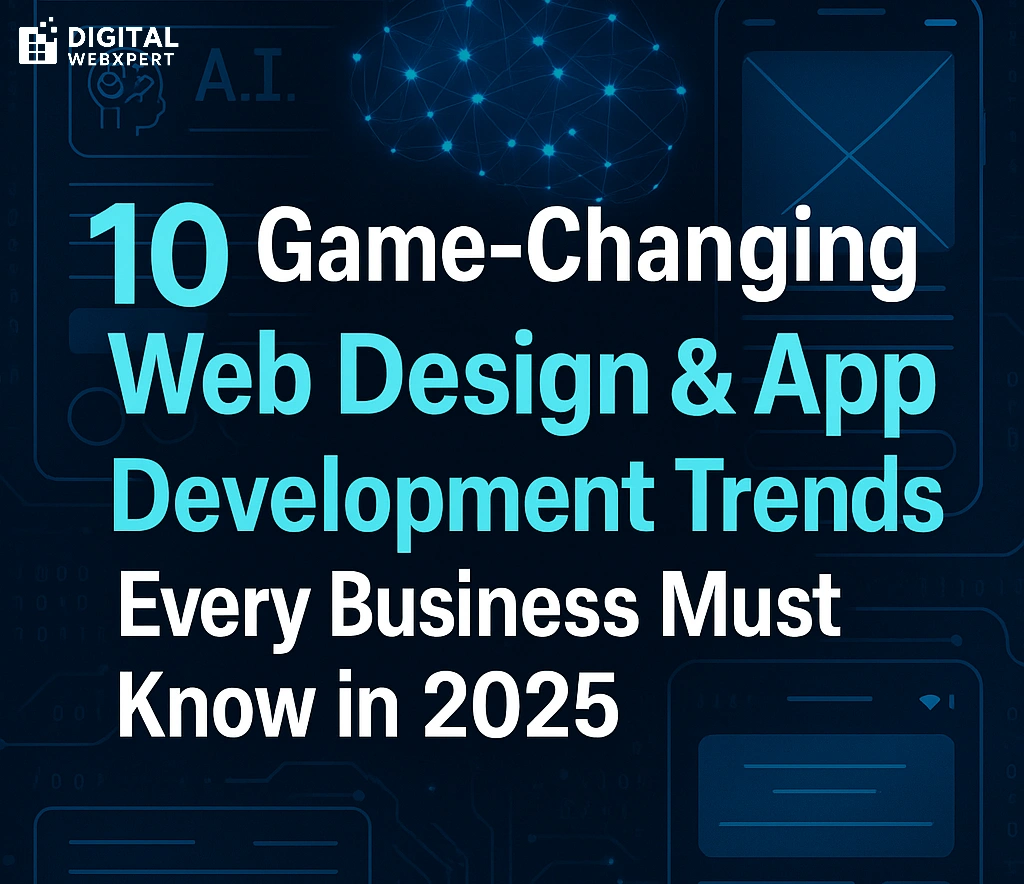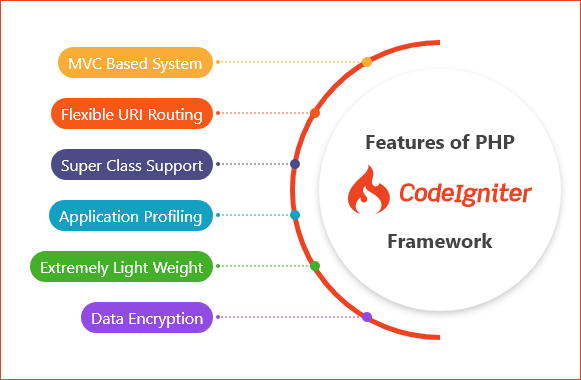Introduction
The digital landscape is evolving at lightning speed. Businesses that fail to adapt risk falling behind competitors who embrace modern web design, app development, mobile app development, and digital marketing innovations.
In 2025, customer expectations are higher than ever—visitors demand websites and apps that are fast, intelligent, personalized, and mobile-first. To help you stay ahead, we’ve compiled the 10 most impactful web design and development trends that can shape your digital strategy this year.
1. AI-Powered Web Design for Personalization
Artificial Intelligence is no longer a buzzword—it’s a business necessity. AI-powered web design tools can customize layouts, suggest content, and recommend products in real time.
Example: Amazon uses AI to show dynamic product suggestions that drive billions in sales annually.
Pro Tip: Use AI chatbots and recommendation engines to create a tailored journey for each visitor.
2. Mobile-First & App-Centric Experiences
With mobile traffic dominating globally, mobile app development has become central to digital strategies. Progressive Web Apps (PWAs) bridge the gap between web and app, offering offline functionality and lightning-fast performance.
Why it matters: Businesses without mobile-first design risk losing customers to competitors with seamless mobile experiences.
Example: Starbucks’ PWA works flawlessly even with poor internet, ensuring users can place orders anytime.
3. Minimalist & Conversion-Driven Web Design
Simplicity is the new sophistication. Clean layouts, whitespace, and direct CTAs improve navigation and keep users focused.
Example: Airbnb’s simple yet powerful design funnels visitors toward booking with minimal distraction.
Pro Tip: Audit your website quarterly to remove clutter and optimize conversion pathways.
4. Voice Search Optimization
With smart assistants like Alexa and Google Home, voice search queries are exploding. Optimizing your website for natural language search can boost visibility.
Example: Domino’s allows voice-based pizza orders via its app, tapping into voice-first behavior.
Focus keywords like “best mobile app development company near me” or “affordable web design for small business” help capture voice traffic.
5. Video-First Content Integration
Video is dominating digital marketing. From background animations on websites to short-form video ads on apps, businesses are using video to engage audiences.
Example: Landing pages with product demo videos convert up to 80% more customers.
Pro Tip: Use AI-powered video personalization to address customers by name in marketing campaigns.
6. Micro-Interactions for Better UX
Micro-animations (button hovers, form feedback, scroll effects) make user experiences engaging and intuitive.
Impact: They reduce bounce rates and keep users exploring longer.
Example: LinkedIn uses micro-interactions (like button animations) to make engagement feel rewarding.
7. Dark Mode as a Standard
Dark mode is no longer optional. With users spending hours on screens, offering dark mode improves readability and user comfort.
Pro Tip: Provide a toggle option for light/dark themes on both your website and mobile app.
Example: Twitter/X lets users switch seamlessly between modes, catering to all preferences.
8. Hyper-Personalized Digital Marketing
Modern digital marketing isn’t about blasting ads—it’s about targeting the right audience at the right time with AI-driven insights.
Example: Spotify Wrapped is a brilliant example of hyper-personalized content marketing.
Impact: Personalization boosts email open rates, click-through rates, and customer retention.
9. Cybersecurity-First Development
With rising cyber threats, websites and apps must prioritize security. Features like SSL, two-factor authentication, and secure payment gateways are no longer optional—they’re mandatory.
Example: Shopify ensures PCI compliance and fraud detection tools for every merchant.
Impact: Customers trust and convert more on secure platforms.
10. Future-Ready Tech: AR, VR & Web3
Emerging technologies like Augmented Reality (AR), Virtual Reality (VR), and blockchain-powered Web3 apps are transforming industries.
Example: IKEA’s AR app lets customers preview furniture in their homes before buying.
Pro Tip: Start small—integrate AR product previews or VR tours into your site or app.
Who Benefits from These Trends?
Small Businesses & Startups → Affordable AI tools can give you an edge over larger competitors.
eCommerce Sellers → Personalized recommendations and AR previews boost conversions.
Agencies & B2B Providers → Cybersecurity-first development builds client trust.
Nonprofits & NGOs → Mobile-first, accessible designs ensure inclusivity and wider reach.
Conclusion
In 2025, winning online is not about simply “having a website”—it’s about having a smart, mobile-friendly, secure, and engaging digital ecosystem. By embracing these 10 web design, app development, mobile app development, and digital marketing trends, your business can stay ahead of the curve.
At Digital WebXpert, we help startups, eCommerce brands, agencies, and nonprofits adopt cutting-edge digital strategies. From AI-powered web design to scalable mobile app development and digital marketing automation, we make your business future-ready.
🚀 Ready to upgrade your digital presence? Let’s build smarter together.



